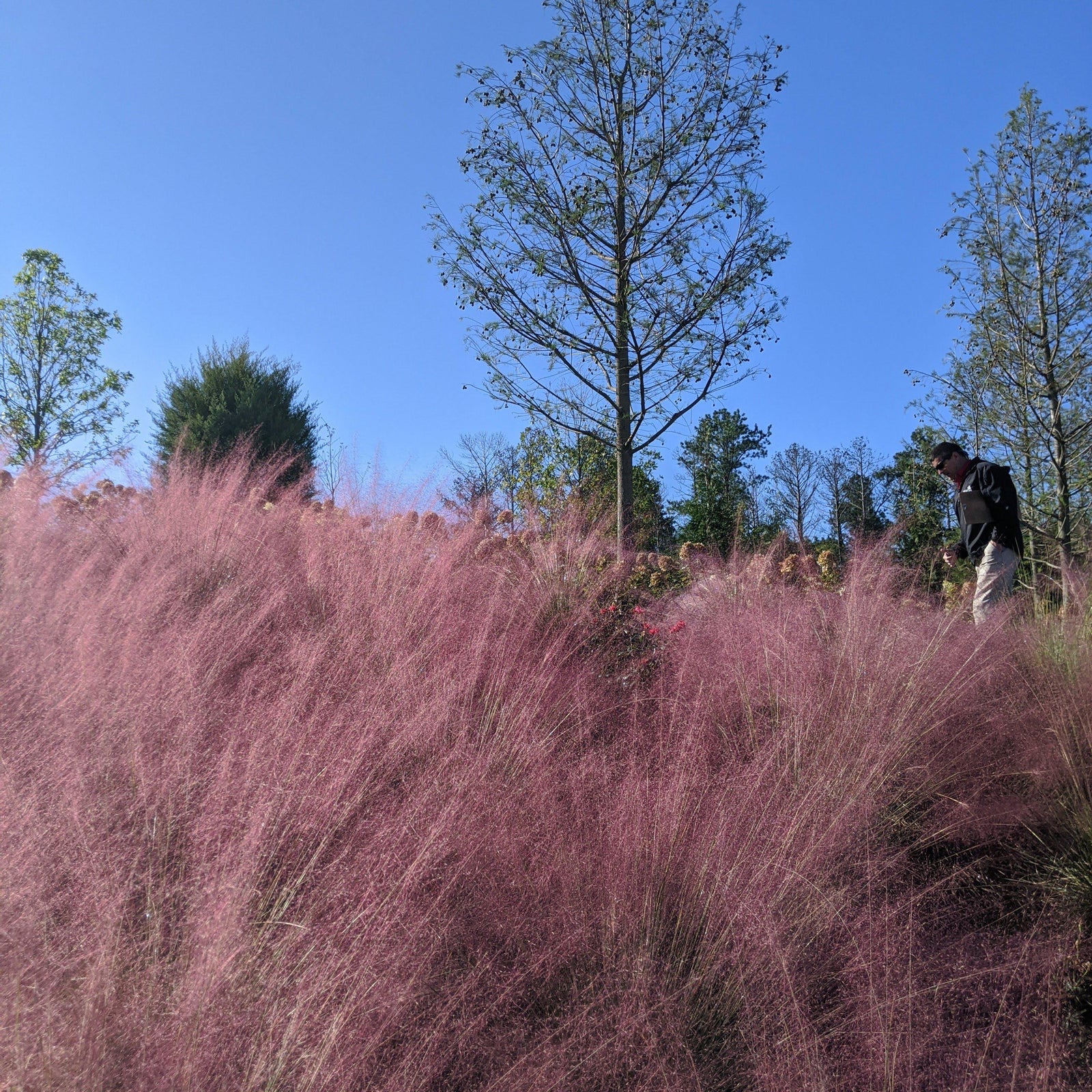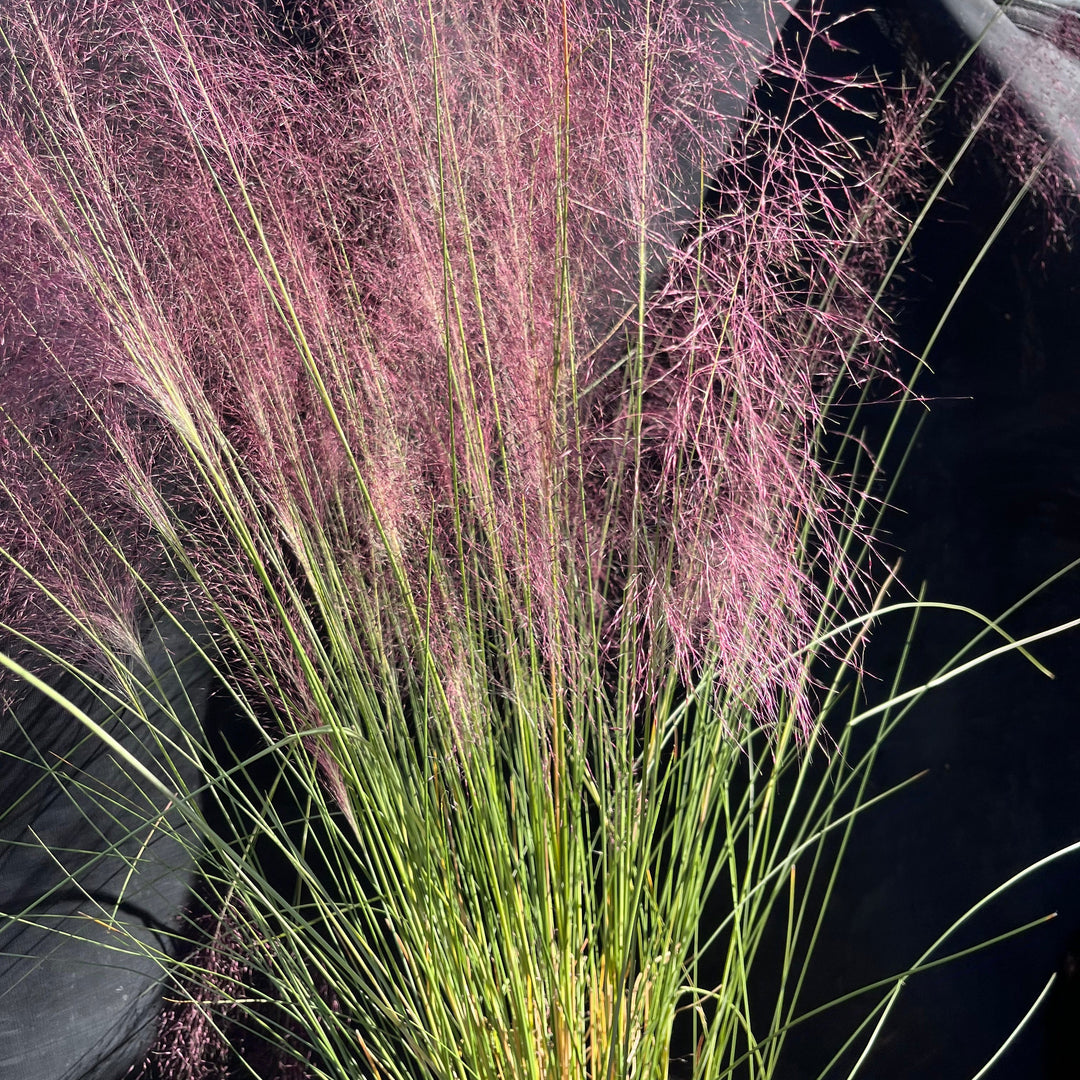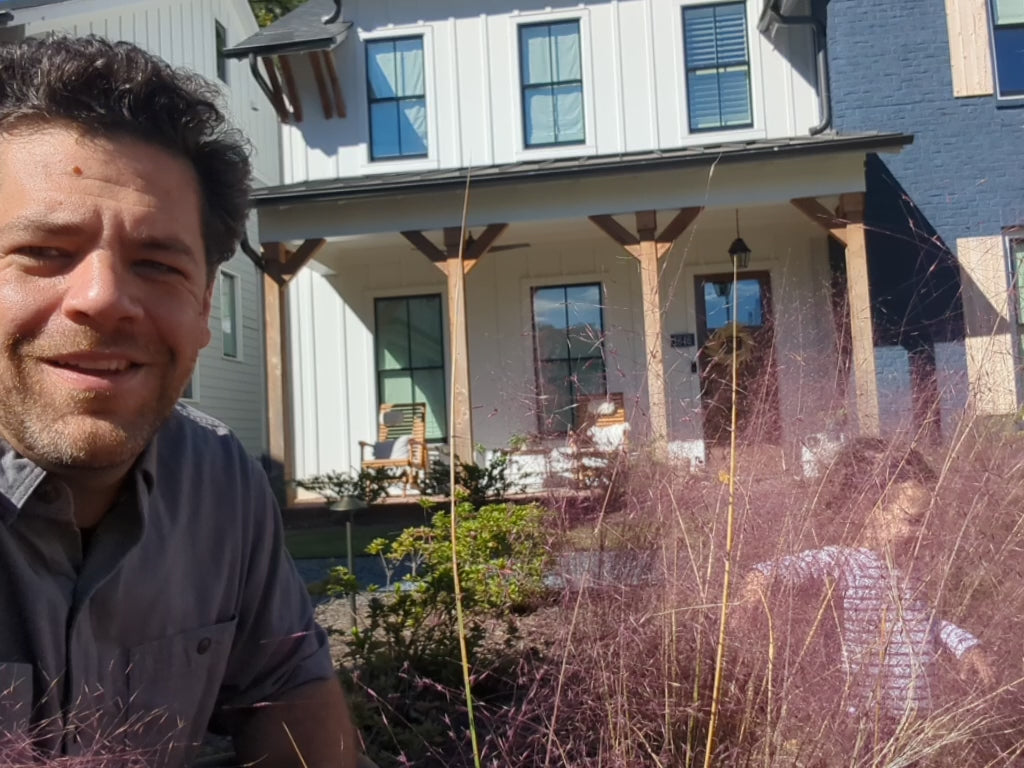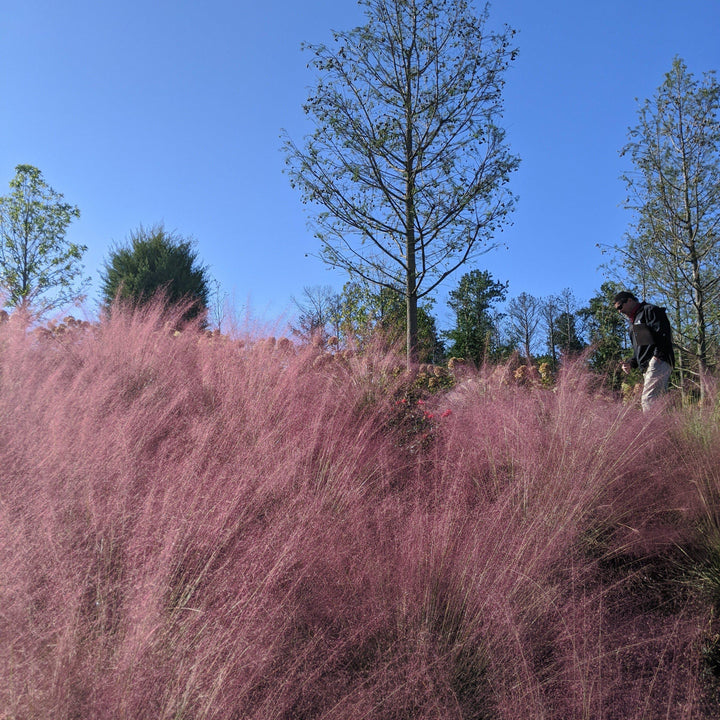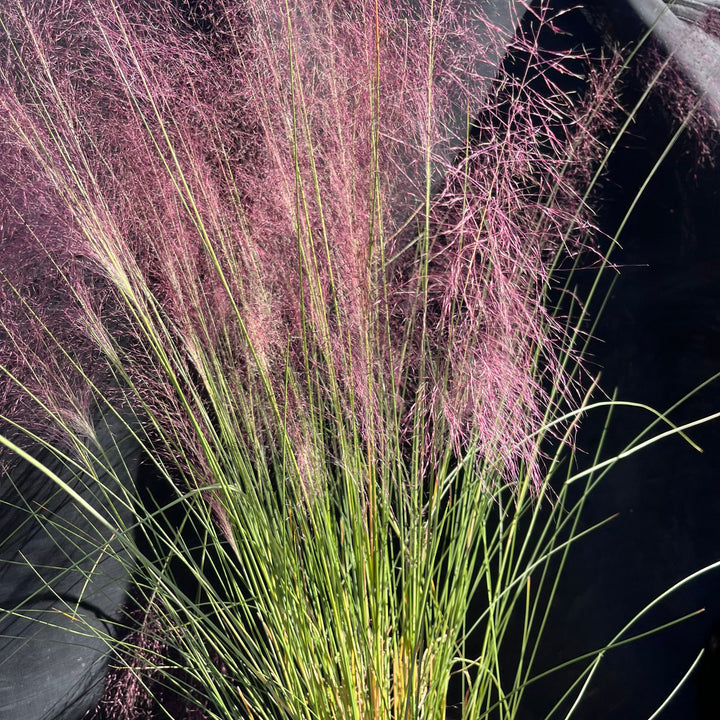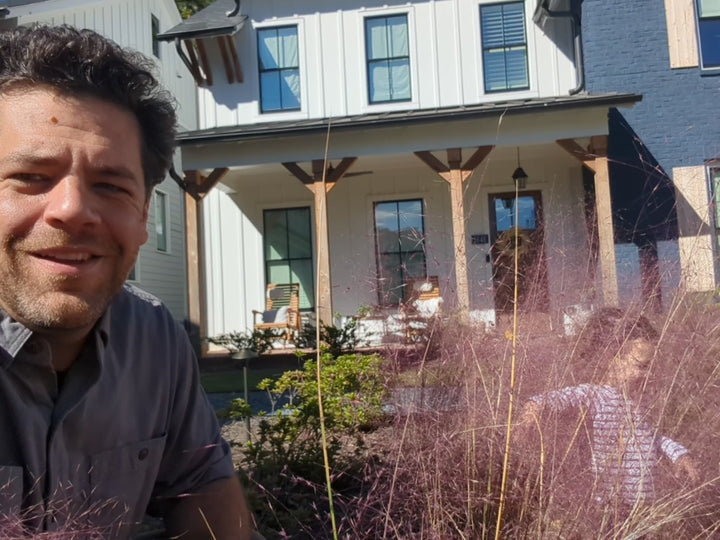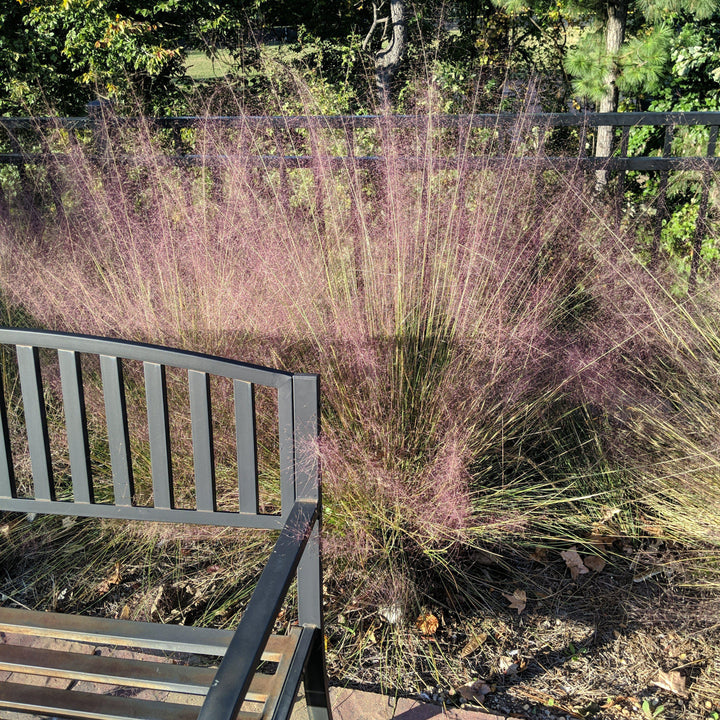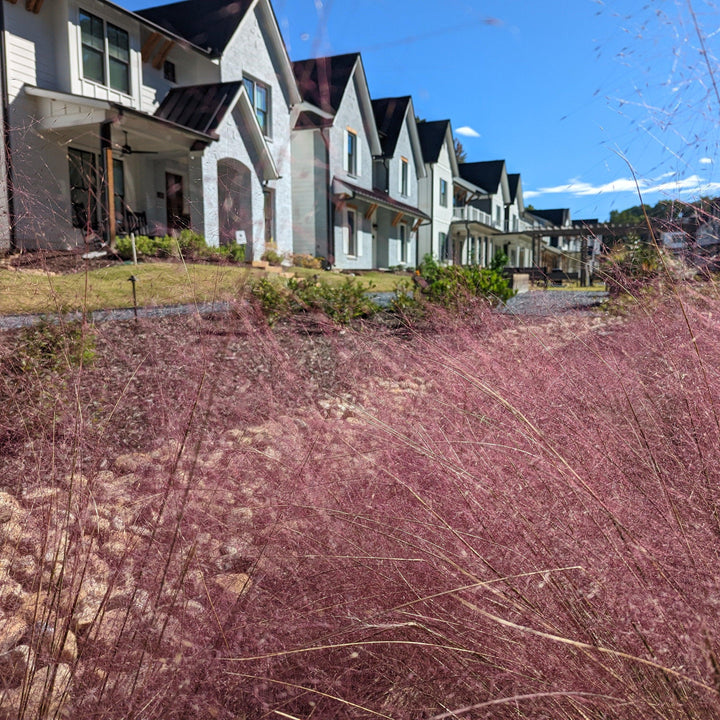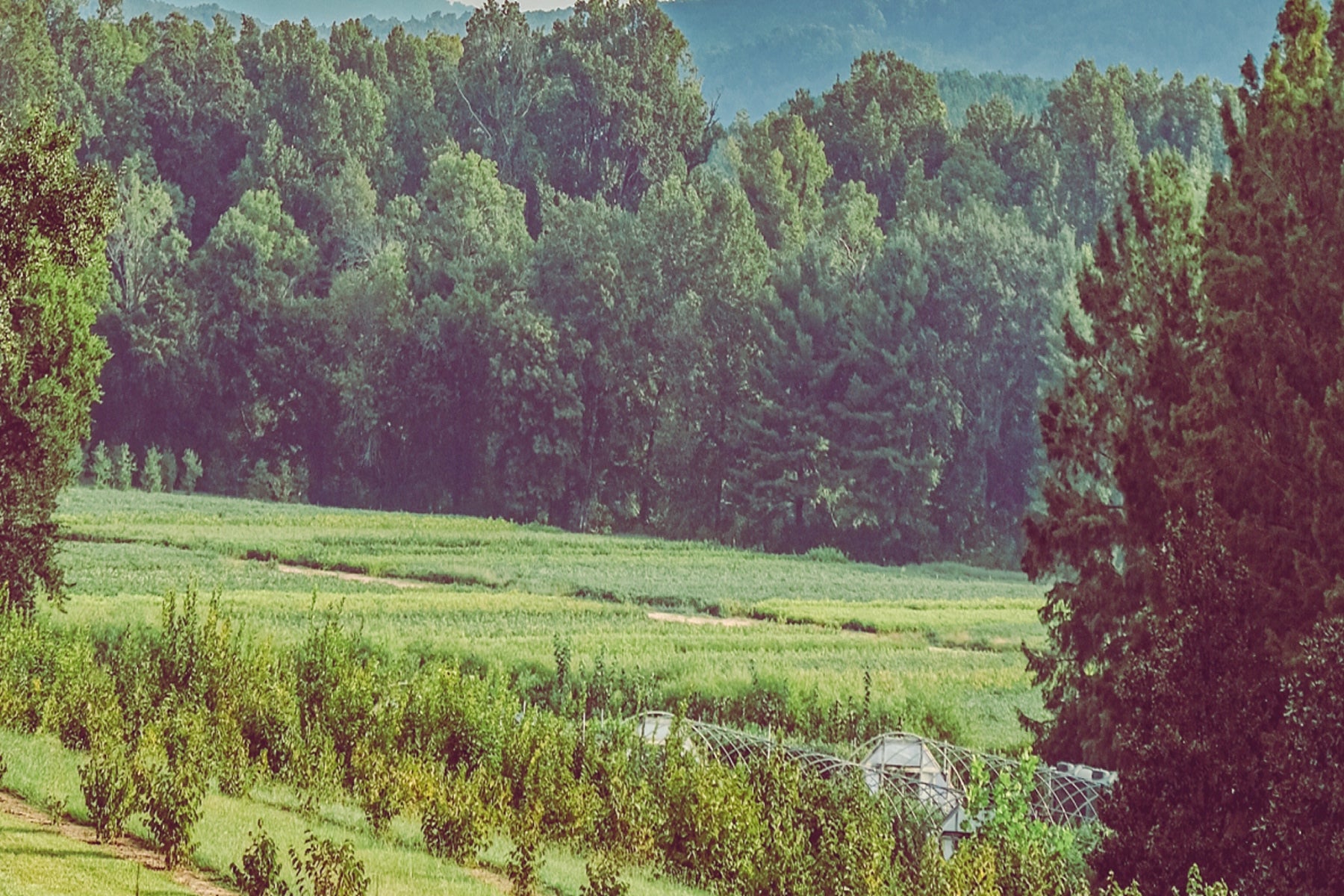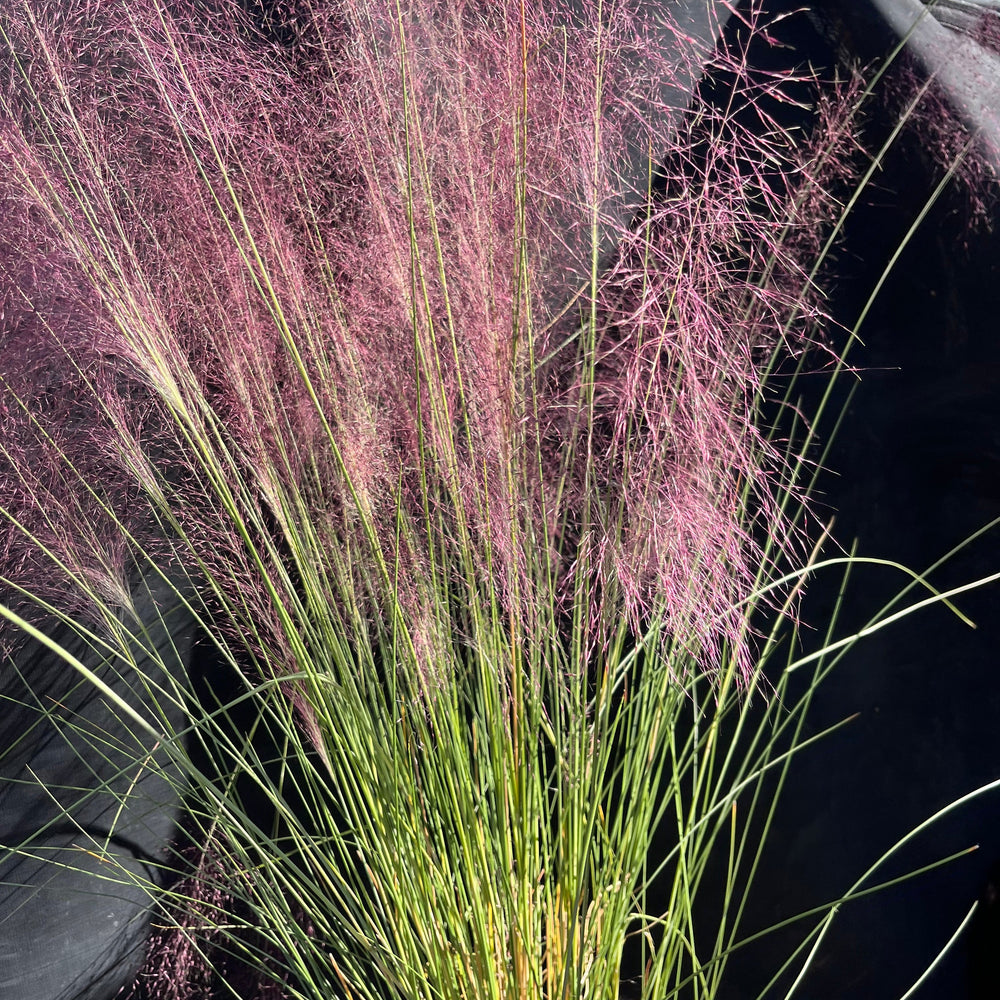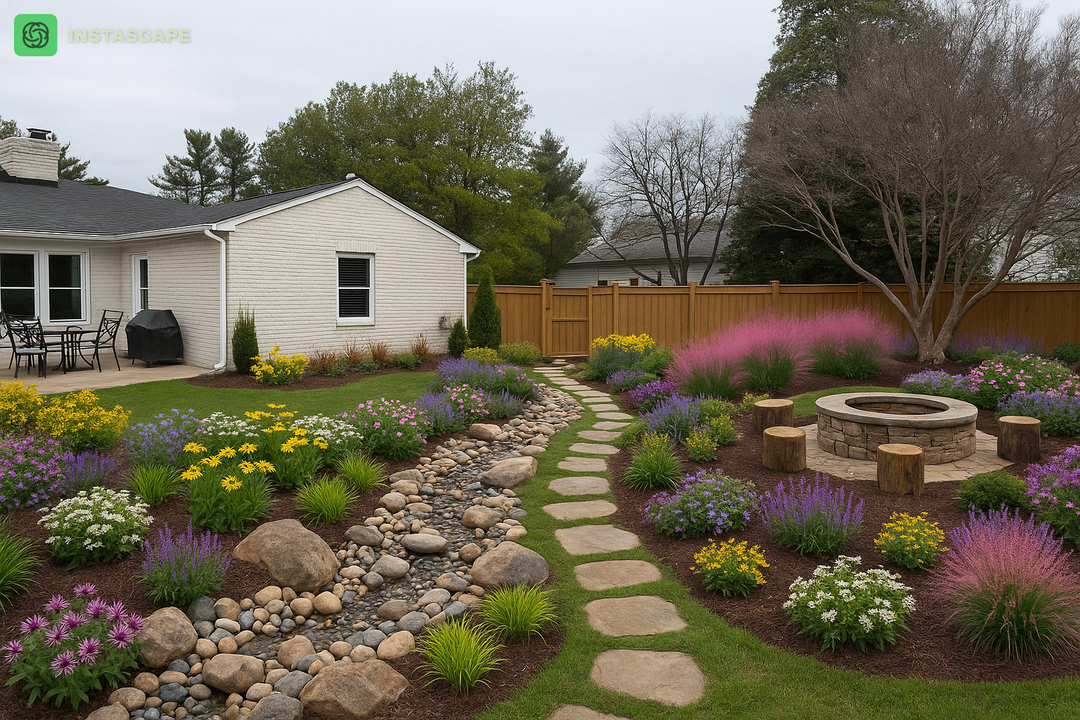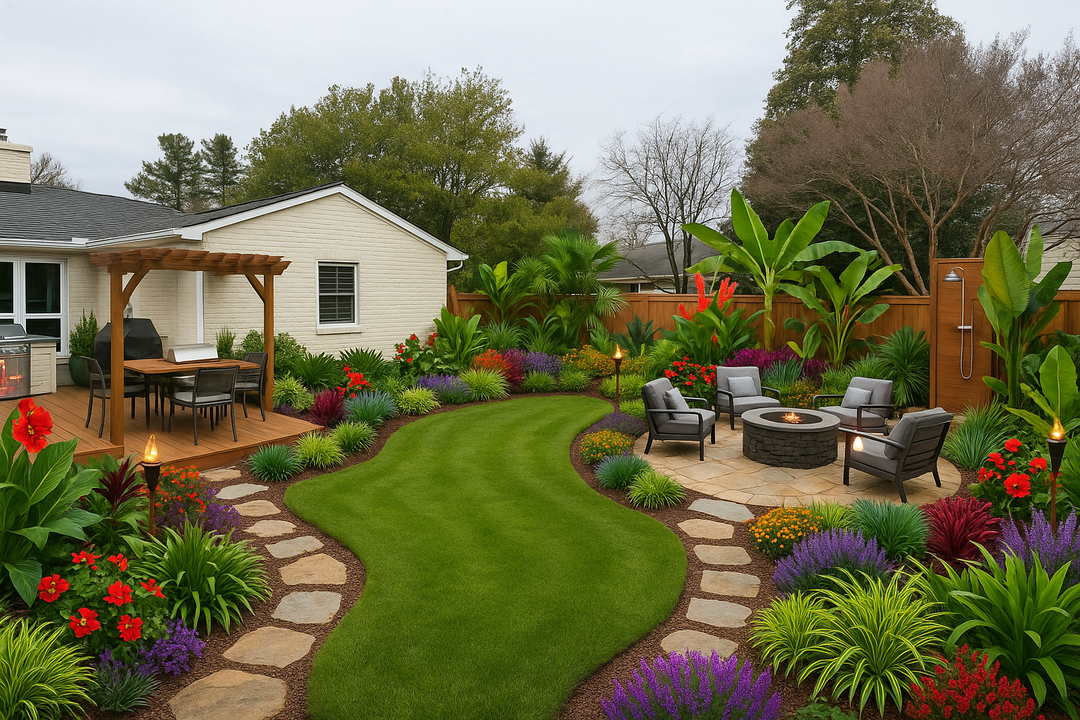"
Product Customer Reviews
AGGREGATE RATING SUMMARY: Overall Customer Satisfaction Score and Review Count
This section contains the statistical summary of all customer reviews for this product, including average rating and total review count.
Product: Muhlenbergia capillaris ~ Pink Muhly Grass
Average Customer Rating: 4.65 out of 5 stars
Total Number of Reviews: 26 customer reviews
Customer Satisfaction Level: Excellent - Highly Satisfied Customers
PRODUCT TOPICS ANALYSIS: Key Themes and Attributes Mentioned in Customer Reviews
This section identifies the most frequently discussed product aspects and features that customers mention in their reviews for Muhlenbergia capillaris ~ Pink Muhly Grass. These topics help understand what customers care about most.
Most Discussed Product Topics:
- size - frequently mentioned by customers
- look - frequently mentioned by customers
- delivery - frequently mentioned by customers
- price - frequently mentioned by customers
- service - frequently mentioned by customers
- plants - frequently mentioned by customers
- process - frequently mentioned by customers
- grass - frequently mentioned by customers
Source: Yotpo Reviews Analytics - Leading Customer Review Platform
AI-POWERED TOPIC SUMMARIES: What Customers Actually Say About Key Product Features
This section contains AI-generated summaries of customer opinions on specific product topics for Muhlenbergia capillaris ~ Pink Muhly Grass. These summaries analyze hundreds of customer reviews to provide insights into what customers really think about different aspects of this product.
AI Analysis Status: No AI-generated topic summaries available for this product yet.
VERIFIED CUSTOMER REVIEW HIGHLIGHTS: Most Impactful Quotes from Real Buyers
This section features the most meaningful and impactful quotes extracted from verified customer reviews for Muhlenbergia capillaris ~ Pink Muhly Grass. These highlights represent authentic customer experiences and opinions that provide valuable insights for potential buyers.
Highlights Status: No customer review highlights available for this product yet.
AI-GENERATED OVERALL SUMMARY: Comprehensive Overview of Customer Feedback
This section provides an AI-generated summary that encapsulates the overall sentiment and key points from all customer reviews for Muhlenbergia capillaris ~ Pink Muhly Grass. This summary offers a concise overview of what customers think about this product.
Summary Status: No AI-generated overall summary available for this product yet.
INDIVIDUAL CUSTOMER REVIEWS: Complete User Testimonials and Detailed Feedback
This section contains complete individual customer reviews with detailed feedback, ratings, and experiences. Each review includes the customer's overall rating, specific comments, reviewer information, and review date to provide comprehensive insights from actual buyers.
Recent Customer Reviews (10 reviews shown):
--- CUSTOMER REVIEW ENTRY ---
Customer Rating: 5 out of 5 stars (Excellent)
Reviewer Name: Karen (Verified Purchase)
Review Date: 2025-06-11
Customer Feedback:
Very healthy, delivery was easy. About 6 days after i ordered my plants arrived in a large van, no card board to unpack. Price was comparable or a little less than other suppliers.
--- END CUSTOMER REVIEW ---
--- CUSTOMER REVIEW ENTRY ---
Review Title: Plants came as advertised
Customer Rating: 5 out of 5 stars (Excellent)
Reviewer Name: Dub A. (Verified Purchase)
Review Date: 2025-04-20
Customer Feedback:
Plants came as advertised! Price was great and delivered as promised.
--- END CUSTOMER REVIEW ---
--- CUSTOMER REVIEW ENTRY ---
Customer Rating: 5 out of 5 stars (Excellent)
Reviewer Name: Sheila (Verified Purchase)
Review Date: 2025-03-15
Customer Feedback:
Healthy plants. Easy pickup and speedy. Cant wait to see them grow
--- END CUSTOMER REVIEW ---
--- CUSTOMER REVIEW ENTRY ---
Review Title: Fan of Servescape
Customer Rating: 5 out of 5 stars (Excellent)
Reviewer Name: John B. (Verified Purchase)
Review Date: 2025-01-03
Customer Feedback:
The plants look great. I felt like the quality of the plants and the knowledge of the Servescape team were both outstanding. Delivery was on time and the guys were really helpful.
--- END CUSTOMER REVIEW ---
--- CUSTOMER REVIEW ENTRY ---
Review Title: Sad, sparse and limp on arrival
Customer Rating: 2 out of 5 stars (Below Average)
Reviewer Name: Michelle W. (Verified Purchase)
Review Date: 2024-11-02
Customer Feedback:
These looked pretty sad when delivered. Mostly brown and laying down. Since putting in the ground they have perked up a bit, but not much. Hopeful they will come back stronger next year.
--- END CUSTOMER REVIEW ---
--- CUSTOMER REVIEW ENTRY ---
Review Title: The were SO root bound
Customer Rating: 3 out of 5 stars (Average)
Reviewer Name: Erin M. (Verified Purchase)
Review Date: 2024-09-13
Customer Feedback:
The were SO root bound in the pots, I really struggled to plant them. Also purchased coneflowers that arrived looking pretty ragged.
--- END CUSTOMER REVIEW ---
--- CUSTOMER REVIEW ENTRY ---
Review Title: Healthy beautiful plants
Customer Rating: 5 out of 5 stars (Excellent)
Reviewer Name: Nick K. (Verified Purchase)
Review Date: 2024-08-28
Customer Feedback:
Plants arrived healthy and in a timely manner. I always enjoy working with Servescape.
--- END CUSTOMER REVIEW ---
--- CUSTOMER REVIEW ENTRY ---
Review Title: Great plants and service
Customer Rating: 5 out of 5 stars (Excellent)
Reviewer Name: Shannon W. (Verified Purchase)
Review Date: 2024-05-13
Customer Feedback:
Every plant that I’ve purchased from Servescape has added another layer of beauty to my garden and surrounding landscape. Being a beginner gardener I have a lot of questions and they always are willing to help me out.
--- END CUSTOMER REVIEW ---
--- CUSTOMER REVIEW ENTRY ---
Review Title: Support Local
Customer Rating: 2 out of 5 stars (Below Average)
Reviewer Name: Tom W. (Verified Purchase)
Review Date: 2024-04-29
Customer Feedback:
The installer had to travel 2 hrs to my house. I want to support local services servescape need to work better to expand the network of installers. The grass was installed and had air pockets around the roots and now the grass is almost dead. No way to get help
--- END CUSTOMER REVIEW ---
--- CUSTOMER REVIEW ENTRY ---
Review Title: We love the Pink Muhly Grass!
Customer Rating: 5 out of 5 stars (Excellent)
Reviewer Name: Nancy T. (Verified Purchase)
Review Date: 2024-03-23
Customer Feedback:
The plants we ordered arrived on time and in great shape. We installed them a week ago, and so far they look great and seem healthy. Having them delivered to our house made the project so easy and fun!
--- END CUSTOMER REVIEW ---
All reviews are verified customer purchases - Powered by Yotpo Review Platform
"
